faux Italian in zone 6b?
pogapro
14 years ago
Related Stories

DECORATING GUIDESItalian Campaign Beds Show Winning Design
Add style and structure to a room with this perennial design darling, a throwback to the days of military furniture on the move
Full Story
COLORTime to Step Out of Your Color Comfort Zone?
If you always seem to pick warm tones, or you stick to the cool ones, bucking your natural inclination could bring new energy to a room
Full Story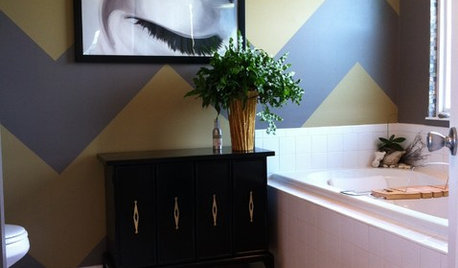
BATHROOM DESIGN7 Reasons to Give Your Bath Zone a Living Room Vibe
With a few living room–like touches, you can transform your bathroom into a practical, relaxing retreat that’s overflowing with personality
Full Story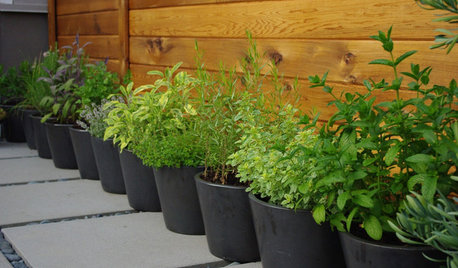
GARDENING GUIDES4 Herb Container Gardens for Fabulous Global Cuisine
Tingle your taste buds with the unbeatable taste of fresh herbs in your Italian, Asian, Mexican or French fare
Full Story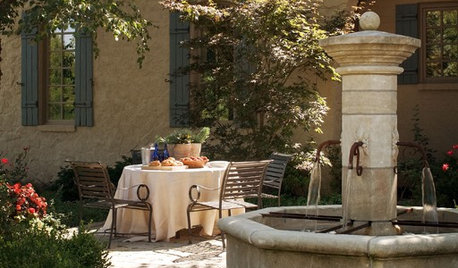
DECORATING GUIDESBring a Taste of Italy Home With 12 Design Touches
No vacation plans abroad? You can still get the feel of old-world Italy with these ideas from an Italian designer
Full Story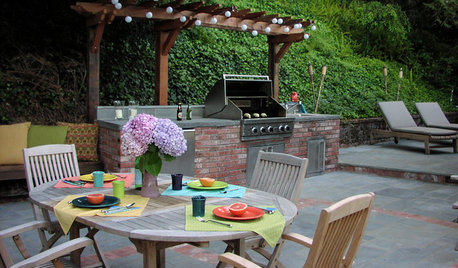
MOST POPULAR8 Ways to Improve Your Grill Setup
Rethinking the old grilling station? Here’s how to pack more function and style into your backyard cooking zone
Full Story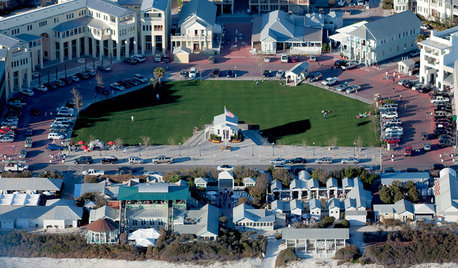
COMMUNITYTour a Pioneering Beach Town That Fosters Community
No cars, mixed-use zones, strict building codes ... a new book takes us inside Seaside, a champion of New Urbanism
Full Story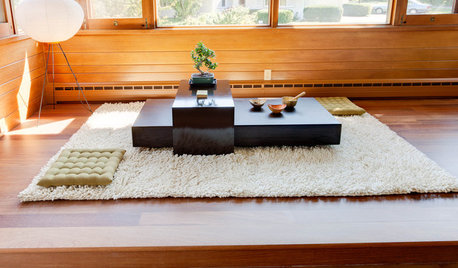
LIFESimple Pleasures: Put On Your Slippers
Preserve the peace and protect your floors and carpets by turning your home into a no-shoes zone
Full Story
GARDENING GUIDES6 Dependable Ground Covers for Warm Climates
Swap some lawn for these drought-tolerant clumping plants — and watch your maintenance efforts diminish while they easily grow
Full Story
FEEL-GOOD HOME6 Design Ideas for Happy Pets
Keep your dog or cat feeling safe and in high spirits, and you'll all feel more at peace. Here's how
Full Story






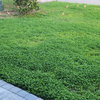
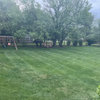

wellspring
wellspring
Related Professionals
Montgomeryville Landscape Architects & Landscape Designers · Oatfield Landscape Architects & Landscape Designers · Wareham Landscape Architects & Landscape Designers · Lakeland Landscape Contractors · Wilmington Landscape Contractors · Davidson Landscape Contractors · Nutley Landscape Contractors · Manchester Decks, Patios & Outdoor Enclosures · Randallstown Decks, Patios & Outdoor Enclosures · Shirley Decks, Patios & Outdoor Enclosures · Cooper City Swimming Pool Builders · Grand Rapids Swimming Pool Builders · Montclair Swimming Pool Builders · Redding Swimming Pool Builders · Redlands Swimming Pool Buildersmissingtheobvious
duluthinbloomz4
pogaproOriginal Author
pogaproOriginal Author
Frankie_in_zone_7